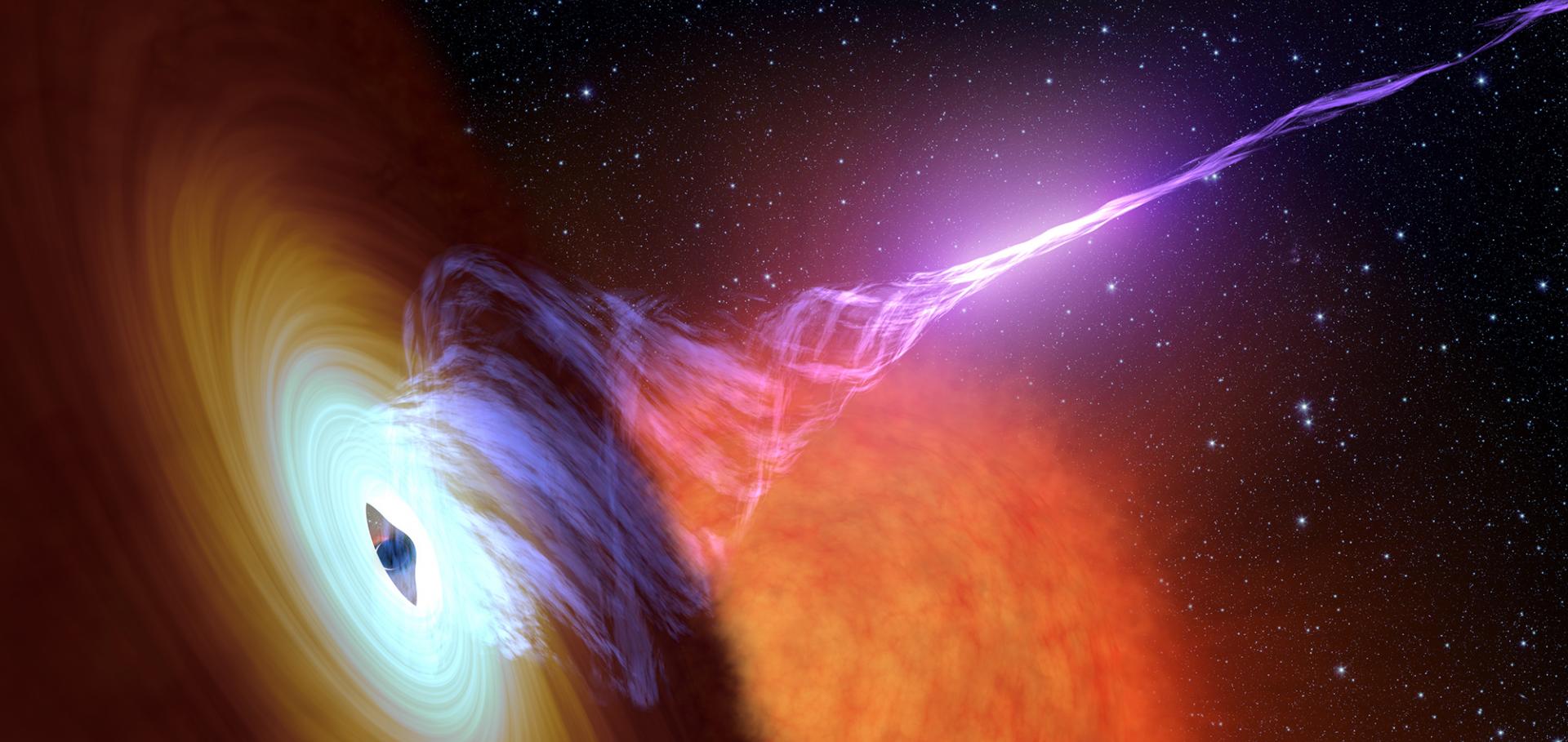The coordinated radio and infrared survey for high-mass star formation. II. source catalog
Astrophysical Journal, Supplement Series 205:1 (2013)
Abstract:
The CORNISH project is the highest resolution radio continuum survey of the Galactic plane to date. It is the 5 GHz radio continuum part of a series of multi-wavelength surveys that focus on the northern GLIMPSE region (10° < l < 65°), observed by the Spitzer satellite in the mid-infrared. Observations with the Very Large Array in B and BnA configurations have yielded a 1.″5 resolution Stokes I map with a root mean square noise level better than 0.4 mJy beam-1. Here we describe the data-processing methods and data characteristics, and present a new, uniform catalog of compact radio emission. This includes an implementation of automatic deconvolution that provides much more reliable imaging than standard CLEANing. A rigorous investigation of the noise characteristics and reliability of source detection has been carried out. We show that the survey is optimized to detect emission on size scales up to 14″ and for unresolved sources the catalog is more than 90% complete at a flux density of 3.9 mJy. We have detected 3062 sources above a 7σ detection limit and present their ensemble properties. The catalog is highly reliable away from regions containing poorly sampled extended emission, which comprise less than 2% of the survey area. Imaging problems have been mitigated by down-weighting the shortest spacings and potential artifacts flagged via a rigorous manual inspection with reference to the Spitzer infrared data. We present images of the most common source types found: H II regions, planetary nebulae, and radio galaxies. The CORNISH data and catalog are available online at http://cornish.leeds.ac.uk. © 2013. The American Astronomical Society. All rights reserved.A complex state transition from the black hole candidate swift J1753.5-0127
Monthly Notices of the Royal Astronomical Society 429:2 (2013) 1244-1257
Abstract:
We present our monitoring campaign of the outburst of the black hole candidate Swift J1753.5-0127, observed with the Rossi X-ray Timing Explorer and the Swift satellites. After ̃4.5 yr since its discovery, the source had a transition to the hard intermediate state. We performed spectral and timing studies of the transition showing that, unlike the majority of the transient black holes, the system did not go to the soft states but it returned to the hard state after a few months. During this transition Swift J1753.5-0127 features properties which are similar to those displayed by the black hole Cygnus X-1. We compared Swift J1753.5-0127 to one dynamically confirmed black hole and two neutron stars showing that its power spectra are in agreement with the binary hosting a black hole. We also suggest that the prolonged period at low flux that followed the initial flare is reminiscent of that observed in other X-ray binaries, as well as in cataclysmic variables. © 2012 The Authors. Published by Oxford University Press on behalf of the Royal Astronomical Society.Jet spectral breaks in black hole x-ray binaries
Monthly Notices of the Royal Astronomical Society 429:1 (2013) 815-832
Abstract:
In X-ray binaries, compact jets are known to commonly radiate at radio to infrared frequencies, whereas at optical to -ray energies, the contribution of the jet is debated. The total luminosity, and hence power of the jet, is critically dependent on the position of the break in its spectrum, between optically thick (self-absorbed) and optically thin synchrotron emission. This break, or turnover, has been reported in just one black hole X-ray binary (BHXB) thus far, GX 339-4, and inferred via spectral fitting in two others, A0620-00 and Cyg X-1. Here, we collect a wealth of multi-wavelength data from the outbursts of BHXBs during hard X-ray states, in order to search for jet breaks as yet unidentified in their spectral energy distributions. In particular, we report the direct detection of the jet break in the spectrum of V404 Cyg during its 1989 outburst, at b = (1.8 ± 0.3) × 1014 Hz (1.7 ± 0.2 μm). We increase the number of BHXBs with measured jet breaks from three to eight. Jet breaks are found at frequencies spanning more than two orders of magnitude, from b = (4.5 ± 0.8) × 1012 Hz for XTE J1118+480 during its 2005 outburst, to b > 4.7 × 1014 Hz for V4641 Sgr in outburst. A positive correlation between jet break frequency and luminosity is expected theoretically; b L ~0.5 ,jet if other parameters are constant. With constraints on the jet break in a total of 12 BHXBs including two quiescent systems, we find a large range of jet break frequencies at similar luminosities and no obvious global relation (but such a relation cannot be ruled out for individual sources). We speculate that different magnetic field strengths and/or different radii of the acceleration zone in the inner regions of the jet are likely to be responsible for the observed scatter between sources. There is evidence that the high-energy cooling break in the jet spectrum shifts from UV energies at LX ~ 10-8LEdd (implying the jet may dominate the X-ray emission in quiescence) to X-ray energies at ~10-3LEdd. Finally, we find that the jet break luminosity scales as L,jet L0.56±0.05 X (very similar to the radio-X-ray correlation), and radio-faint BHXBs have fainter jet breaks. In quiescence the jet break luminosity exceeds the X-ray luminosity. © 2012 The Authors.Differential Frequency-dependent Delay from the Pulsar Magnetosphere
(2013)
Automated rapid follow-up of swift Gamma-ray burst alerts at 15 GHz with the AMI large array
Monthly Notices of the Royal Astronomical Society 428:4 (2013) 3114-3120


